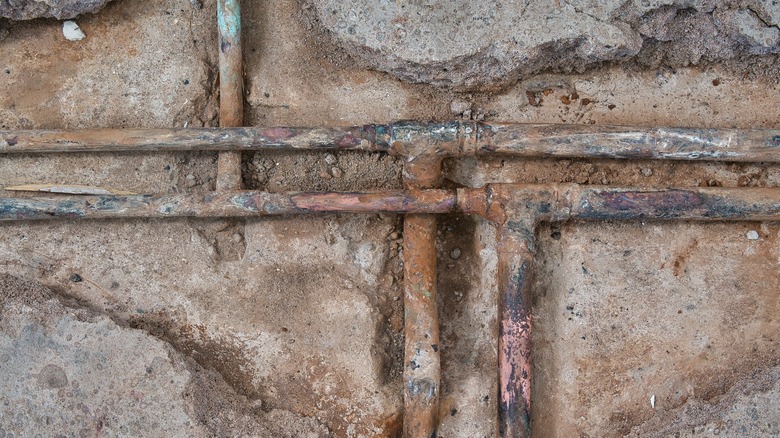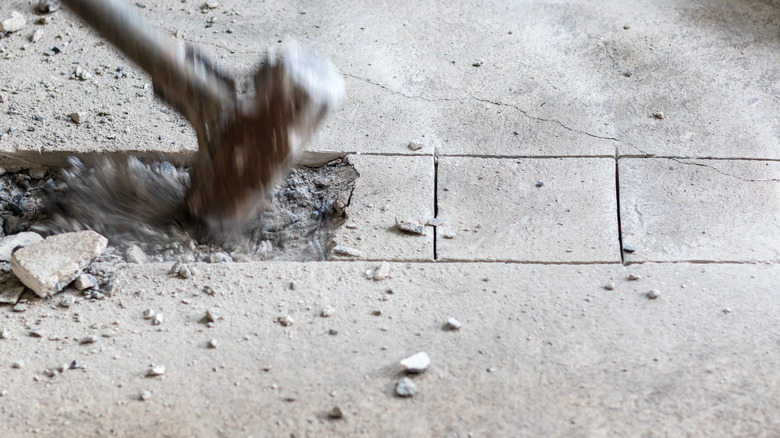What Is A Slab Leak And What Are The Warning Signs Of One?
Has your water bill gone through the roof recently without a plausible explanation? If the unexpected and unjustified rise in costs is accompanied by low water pressure in your faucets and shower heads, there's a good chance you have an invisible, but very serious enemy lurking beneath the home. Slab leaks, as they're known in the industry, are leaks that occur in pipes that run through your home's concrete foundation slab. These leaks can happen for a variety of reasons, but are most commonly caused by pipe corrosion, age-related wear and tear in the pipework, a poorly installed foundation, or seismic activity.
High water bills and low pressure in your fixtures aren't the only signs of a slab leak. You may also notice puddles appearing around the home's perimeter, mold under the first floor carpets, floors that feel abnormally warm and wet, and cracks in the concrete foundation. Additionally, slab leaks may cause you to hear the sound of water sloshing under the house, and if you check your water meter, chances are it's running even when you're not using any faucets, showers, or appliances.
If some of the warning signs above appear, take action quickly to find the source of the water leak and repair it. By letting a slab leak go unchecked, you risk damaging your home's foundation and any other structural components the water comes in contact with. Likewise, a long-term leak can lead to an explosion of mold growth around the house. Unfortunately, repairing slab leaks is not a DIY task — you'll need to enlist the help of a slab repair specialist. Below, we'll walk you through the typical repair options these professionals may recommend.
What to do if you have a slab leak on your hands
One way or another, the leaky pipe in or under the slab needs to be accessed for repairs to happen. That said, some repair options are more invasive than others. The least destructive option is the trenchless repair method. This method entails cutting out small access holes in slab — just large enough for the technician to access the pipe and fix it. With the cutouts made, the technician seals the pipe by either inflating an epoxy liner inside it or inserting new sections of pipe into the damaged parts. The trenchless method will only work if the pipe damage is not extensive, and the leak is isolated to a single spot.
If several pipes are leaking, or if the trenchless method is otherwise deemed unviable, the slab repair specialist may recommend re-piping or re-routing instead. This procedure involves installing a new pipe network to let water bypass the damaged, leaking parts of the original pipework. Re-routing and re-piping also requires some demolition, but it's still a relatively non-invasive procedure (and one insurance companies often insist on).
The other two slab leak repair options are notably messier. If the pipework is running beneath the slab, the specialist may opt to tunnel under the house to repair the leak. These tunnels are generally 3 by 3 feet, which allows the technicians just enough working space to fix the affected pipes. Finally, if the three methods above are not feasible — say, the pipe is encased in concrete and the damage is widespread — the technicians will have no choice but to demolish large portions of the slab to access the leaking areas, then replace the pipes.

